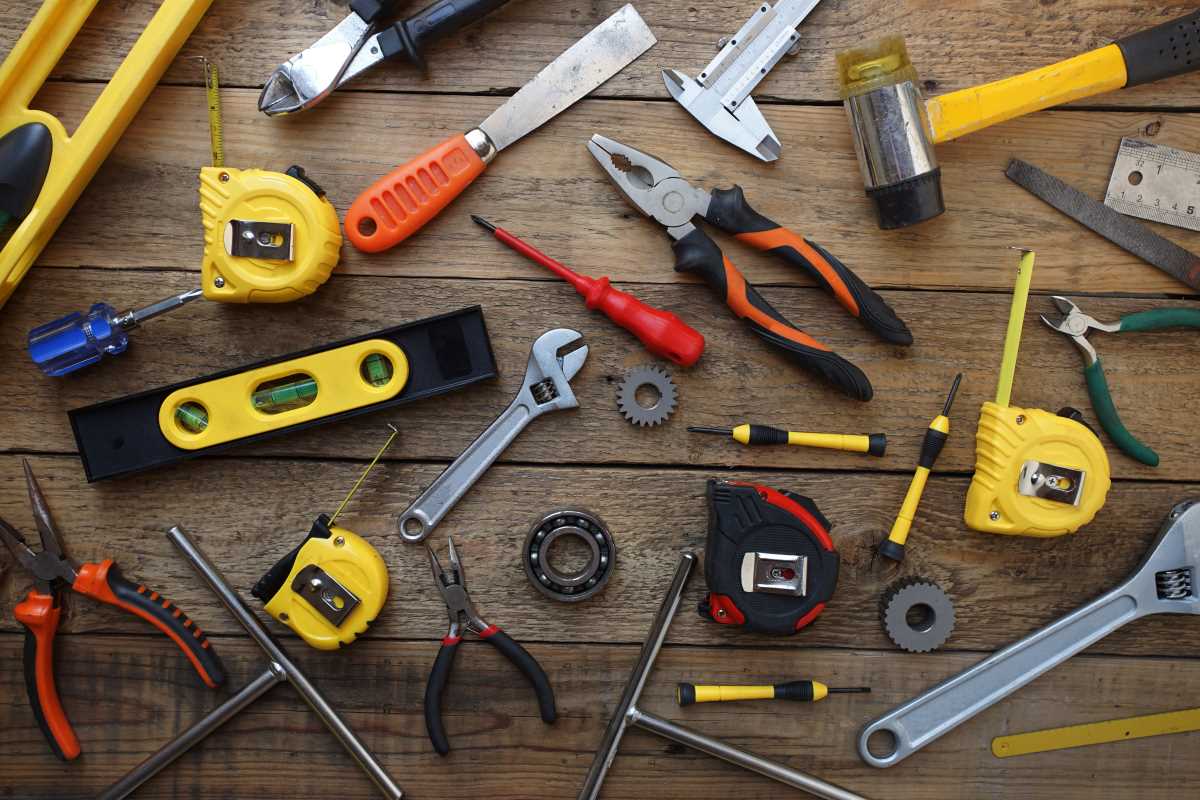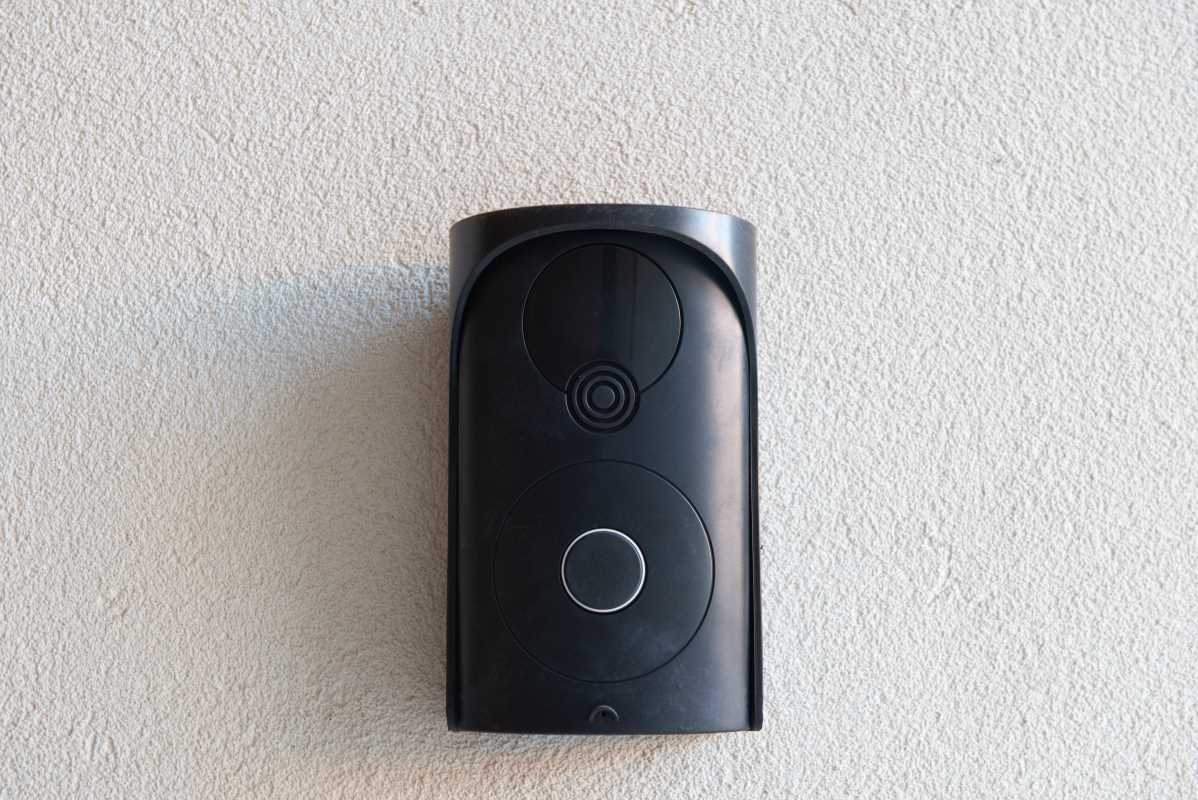Settling into a new home brings both anticipation and a touch of nervousness as you notice small repairs waiting for your attention. Dripping faucets, cabinet doors that don’t close quite right, and crooked frames on the wall quickly catch your eye. Instead of reaching for the phone to hire someone, you can handle these everyday fixes yourself with the right set of tools close at hand. A well-stocked, compact toolkit makes each repair feel rewarding, saving you time and money. Discover which essential tools will help you tackle these common tasks and give you peace of mind in your new space.
Getting Comfortable with Grip and Precision
You don’t need a full workshop to trim a door jamb or tighten a wobbly leg. A starter kit should fit on a pegboard or in a drawer, but still deliver firm torque and fine control when you tackle wall anchors or switch plates. Start by testing the handle comfort and bit retention on each screwdriver, and you’ll save yourself from fumbling in the middle of a minor task.
When you hold your first quality ratcheting screwdriver, you’ll notice small victories pile up: a secure outlet cover feels like progress, and each click of the ratchet reminds you that you’ve earned a new skill. This quiet momentum keeps repair work feeling less like a chore and more like personal growth in action.
Why a Compact Toolkit Feels Like a Sidekick
Imagine reaching for a tool bag that carries every must-have implement without weighing you down. A nimble pouch lets you climb ladders with ease and hop between rooms in record time. Those quick runs from the garage to the living room feel almost game-like when you’ve got just what you need.
Beyond quick fixes, the right mix of pliers, wrenches, and adjustable bits invites you to treat each repair as a hands-on lesson. When you swap out a faulty light switch or caulk a drafty window, you’ll gain a more intuitive sense of how your home sits together. Over time, you’ll stop hesitating and start welcoming each minor maintenance task.
Assembling Your First Tool Collection
- Screwdriver Set (Multiple Head Types)
- Use: Loosening/tightening screws in hinges or switch plates.
- Steps:
- Select the correct tip for the screw head.
- Insert the tip fully into the recess.
- Apply steady clockwise force until snug.
- Cost: $15–$25; widely available in hardware stores.
- Insider tip: Keep a magnetic bit holder so screws don’t fall into walls when working solo.
- Pliers and Wire Cutters
- Use: Grip, twist, bend anchor wires, cut cable ties, adjust metal trims.
- Steps:
- Measure wire thickness and select the right cutter notch.
- Align wire at blade center.
- Squeeze handles firmly for a clean cut.
- Cost: $18–$30; forged steel ensures durability.
- Insider tip: Groove-joint pliers lock at multiple widths, making them ideal for large items like garden stakes.
- Adjustable Wrench
- Use: Tightening bolts/nuts, assembling flat-pack furniture, sink fittings.
- Steps:
- Open jaw by twisting adjustment nut.
- Fit snugly around nut’s flat sides.
- Pull/push in tightening direction.
- Cost: Under $20; many feature etched scales for size matching.
- Insider tip: Add heat-shrink tubing to handle for a non-slip, oil-resistant grip.
- Tape Measure
- Use: Mapping cuts, spacing, appliance clearance, hanging art.
- Steps:
- Extend blade to target mark.
- Lock blade with thumb switch.
- Read measurement at eye level to avoid parallax error.
- Cost: $8–$15 for a 25-ft model with metric + imperial units.
- Insider tip: Choose one with a magnetic hook to hold onto metal studs.
- Utility Knife
- Use: Cutting drywall, trimming caulk, opening packages.
- Steps:
- Extend only necessary blade length.
- Hold at ~30° angle to surface.
- Pull steadily along line; replace dull blades promptly.
- Cost: <$10 for replacement packs (10 blades).
- Insider tip: Store spare blades inside handle to avoid misplacing them.
Expert Tricks for Each Essential Tool
- Before you reach for any tool, organize your workspace by clearing debris and laying down scrap cardboard. This protects floors from dropped screws and keeps small parts visible. If your carry case has a top tray, use it to sort screws by size so you don’t mix them up mid-job.
- Keep a small roll of painter’s tape with your kit and label screws or anchor hardware before you remove them. This prevents confusion when multiple fasteners pop out and look nearly identical. Rip off short sections of tape and jot quick notes with a pen before work begins.
- When tasks require more leverage than your adjustable wrench can provide, slip a short length of steel pipe over the handle. That extension gives extra gripping power for stuck bolts. Make sure you don’t generate so much torque that you strip the fastener’s edges.
- Use a simple cardboard tube from paper towels as a sleeve for long screwdrivers inside your kit. This keeps the tips from poking holes in soft tool bag linings. Slide it over the handle or fan out multiple blades in the tube so they’re easy to select.
- Keep two pencils clipped to the outer pouch of your toolkit—one mechanical and one wood. The mechanical pencil marks precise cut lines on drywall, while the wooden one scribbles on rough wood surfaces. Clipping them outside keeps your hands free for pliers or small parts.
Organize Tools for Instant Access
Whether you store your kit on a shelf or a rolling cart, group tools by task rather than by type. Place screwdrivers near fastener bits, and keep cutting tools next to measuring gear. When you open your pouch, each item stays in its expected section.
Replace dull blades regularly and test each ratchet head every few months; this simple routine prevents you from pulling out a rusty, stuck tool when you need it most. A quick inspection becomes part of your routine, making you always ready to start work.
You now have a clear path to assembling a starter kit tailored to your needs. Use your tools confidently, knowing each one supports your success.
 (Image via
(Image via





